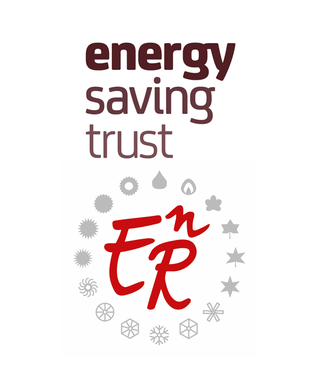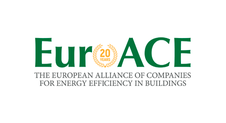Search eceee proceedings
The quality rebound effect in transportation
Panel: 6. Transport and mobility
This is a peer-reviewed paper.
Authors:
Matteo Craglia, University of Cambridge, United Kingdom
Jonathan Cullen, University of Cambridge, United Kingdom
Abstract
The use of energy in society is needed to provide energy services. Reducing the energy to deliver these services is at the core of energy efficiency. Energy services have both a quantitative and qualitative value. In the case of transportation, the quantity of service can be expressed simply in passenger kilometers, whereas quality aspects are affected by several vehicle attributes such as size and performance as well as travel times and comfort. Improving energy efficiency can stimulate consumers to travel more and consume a greater quantity of transportation. This phenomenon is known as the ‘rebound’ effect and has been well studied.
Less studied are rebound effects in quality of service; how reductions in travel costs, due to fuel price changes and technical efficiency improvements, can stimulate people to increase the quality of transport, for example by purchasing a larger vehicle.Consumers continue to buy larger and more powerful vehicles in all countries. These purchasing trends mean that technical improvements in vehicle fuel consumption are undermined by shifts to larger vehicle segments.
New hybrid and electric powertrains entering the market promise large improvements in fuel consumption. However, if these efficiency improvements stimulate shifts to even larger vehicles through quality rebound effects, the full potential energy savings may not materialize. Understanding and quantifying these quality rebound effects is therefore of paramount importance for energy modelers and policy makers.
This paper uses a unique dataset of vehicle sales in the UK between 2001 and 2017, to investigate the effects of fuel price, income and technical improvements on stimulating a shift to larger and more powerful vehicles. Econometric regression techniques are used to show increasing income and the growing share of diesel powertrains partially explain the shift to large vehicles. This suggests vehicle taxes in larger segments have not been sufficiently high and need to be rectified.
Downloads
Download this paper as pdf: 6-205-19_Craglia.pdf
Download this presentation as pdf: 6-205-19_Craglia_Presentation.pdf
Panels of
1. The dynamics of limiting (energy) consumption
2. What's next in energy policy?
4. Monitoring and evaluation for greater impact
5. Smart and sustainable communities
7. Make buildings policies great again
8. Buildings: technologies and systems beyond energy efficiency
9. Improving energy efficiency in ICT, appliances and products

























